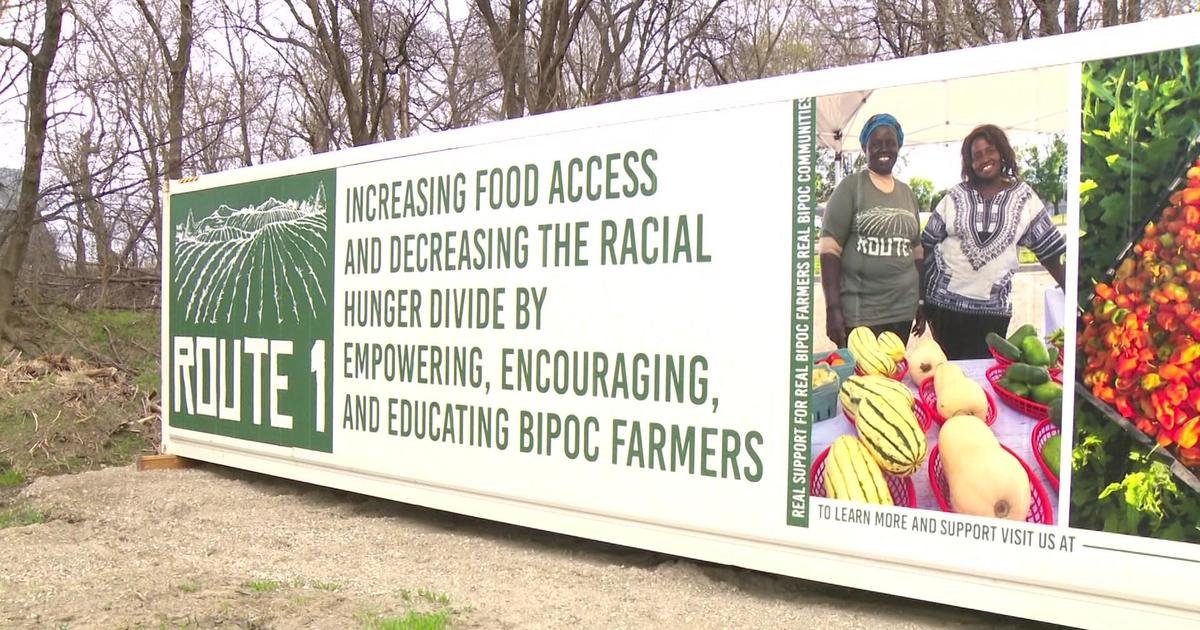Farm Fields Turn Dry In Central, Eastern Minn.
MINNEAPOLIS (AP) — Cornfields and pastures are drying out across parts of central and eastern Minnesota, leading some cattle producers to thin out their herds.
There hasn't been significant rain in parts of the region for several weeks, and corn and soybeans are wilting on land that's not irrigated, said Dan Martens, a University of Minnesota Extension educator. Growth in hay fields and pastures there has come to a halt, he added.
"In this part of Minnesota, the low-moisture situation is very real and very significant," Martens said. Statewide, an average of only 0.10 inches of rain fell last week.
Dry pastures between Sandstone and Cloquet in eastern Minnesota have forced many beef cattle producers there to feed livestock expensive hay or other forage, said Troy Salzer, an extension educator in Carlton County. He said he knows of several operations, including his own, where producers have started marketing yearlings now, months earlier than normal.
Minnesota farmers are still expected to harvest the second-largest corn crop in state history, but a narrow swath of abnormally dry conditions is found from the southwest corner through central Minnesota and eastern Minnesota north of the Twin Cities, according to the U.S. Drought Monitor.
When Abe Mach looks at his fields east of Sturgeon Lake in Pine County, he sees corn and soybeans turning silver, stunted from the lack of rain. That's on top of an armyworm infestation he had to fight off earlier this summer.
Mach plans to let his cattle graze on his corn fields because they won't produce enough to bother harvesting.
"A lot of farmers in the area are wondering what they're going to do," Mach said.
Mach said he's reduced his herd from 200 cow-calf pairs down to about 120 — that's what his pastures can support. He also recently sold several heifers.
"That's what a person has to do — not run out of feed and money," he said. "Plan ahead if you can market your cattle at a fair price before you're broke and out of feed."
Salzer said producers in his area usually start selling off larger yearlings to feedlots around this time and keep smaller cattle longer so they gain more weight. But many farmers are ready to sell their entire batch of yearlings now, he said. He's one of them, and plans to market his 130 yearlings this week.
"I'm going to get rid of them all," he said.
While central Minnesota has seen scattered thunderstorms, Martens said the last sustained rain on his farm near Barnum was in late June. He said the area didn't receive much more than an inch in July and hardly an inch — or less — this month.
Another problem this year is that the wet weather in the early part of the growing season meant many farmers planted late, Martens said.
"We're already losing yield, but any rain we can get yet is certainly helpful for making the best of what we have," Martens said.
(© Copyright 2013 The Associated Press. All Rights Reserved. This material may not be published, broadcast, rewritten or redistributed.)



